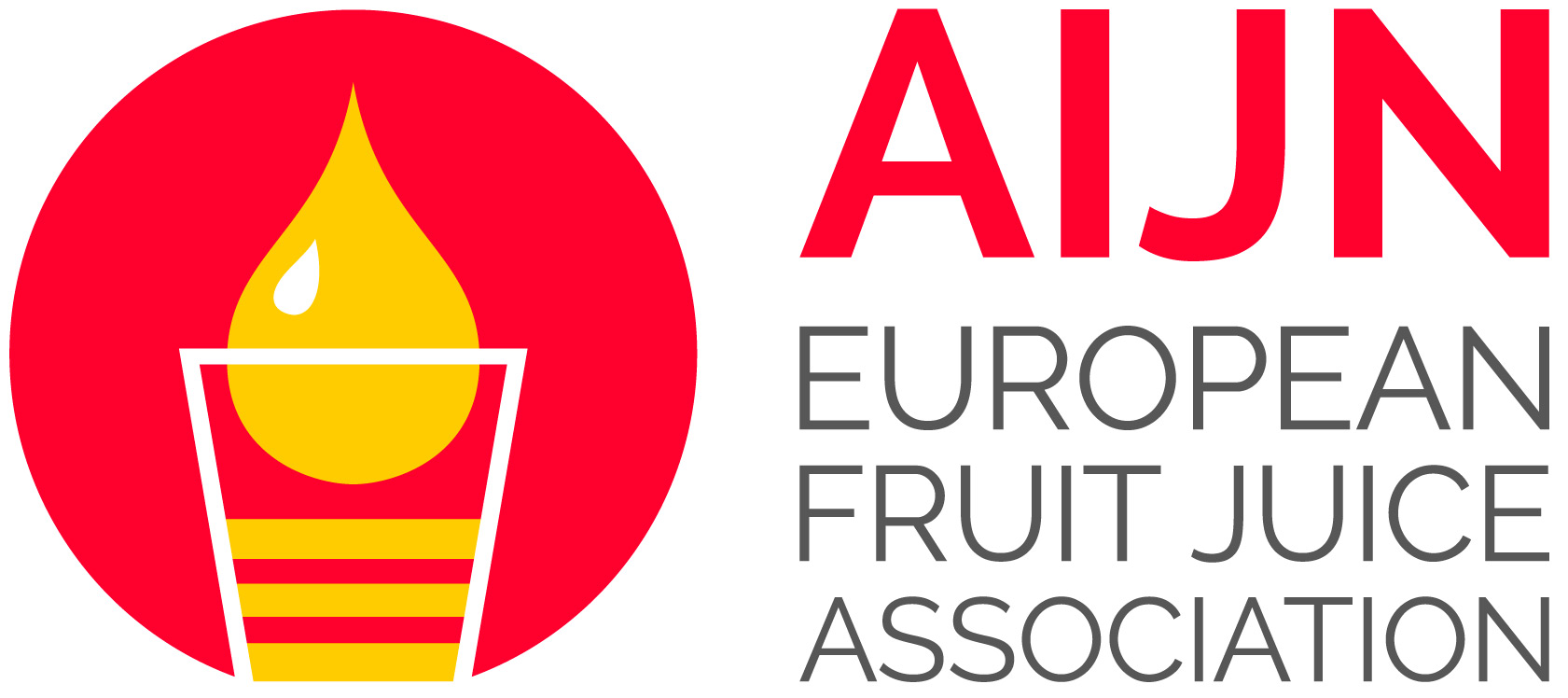Code Of Practice
Tomato
The Reference Guideline for Tomato Juice seeks to define various acceptability parameters for tomato juice.
The parameters are listed under 2 sections:
Section A contains various parameters that characterise the absolute quality requirements. They are considered as being mandatory for all tomato juices marketed in the European Union.
Section B contains various criteria relevant to the evaluation of identity and authenticity. It also contains some less critical quality criteria. It is crucial for users of this guideline to understand that a valid conclusion, regarding the authenticity of a particular sample, can only be reached providing the analytical picture has been subject to expert interpretation. If some parameters do not fall within the values quoted in Section B this does not mean, automatically, that the sample is adulterated. In addition, it should not be seen as a list of analytes that all have to be measured. Rather, it is a source of information for experts to use to dedicate which particular aspects of the juice needs to be investigated.
It is understood that:
- tomato juice is made of Lycopersicon esculentum, Mill.
- tomato juice can be direct or made from concentrate depending on national legislation.
- this guideline applies to tomato juice destined for the final consumer as well as to the raw materials used for making this final product.
- tomato juice made from concentrate is to be labelled according to the specific labelling provisions in the fruit juice directive.
- only the treatments and processes regulated by the Fruit Juice Directive are permitted.
- potable water should be used for the reconstitution of concentrated fruit juices.
Various types and origins of fruit of industrial significance were subject to comprehensive analysis to provide the values found in this guideline. To help in their interpretation please read carefully the associated commentary notes.
